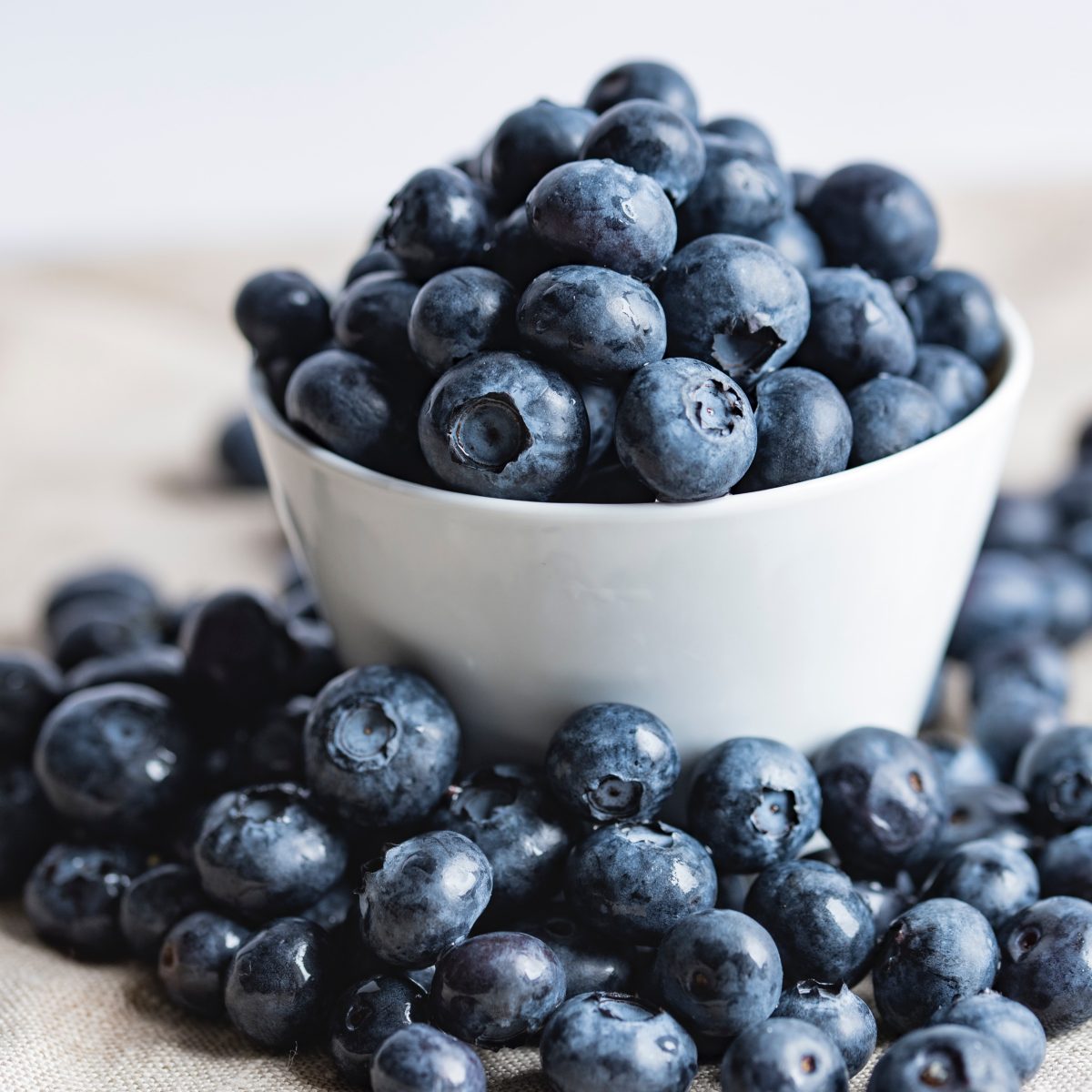Apples, the quintessential fruit loved for their crispness, sweetness, and versatility, have long been a staple in the human diet. Yet, a question that often arises when dealing with these delectable fruits is: How many apples in a pound? The answer, as it turns out, is not as straightforward as one might think. Apple weight is influenced by numerous factors including density, water content, and variety. In this comprehensive exploration, we delve into the depths of apple quantification, unraveling the nuances of different apple types, sizes, and measurements to provide a definitive guide on understanding the apples-to-pound ratio.
Apples by the pound, a sweet equation where variety, size, and density converge to yield a delicious result.
The Variability of Apple Weight
Apples have multiple varieties and are generally available throughout the year due to modern cold storage techniques. However, their peak season falls in the autumn months, similarly to other pome fruits like pears and kiwis (although kiwis season may differ in the united states). This is to say that apple varieties play a substantial role in determining how many apples can fit into a pound. Unlike uniformly manufactured items, apples come in a multitude of shapes, sizes, and densities. As a result, the apple weight and then the number of apples in a pound can differ significantly based on these factors.
As highlighted by sources such as "Ryan's Juice", the number of apples per pound can differ dramatically based on the type of apple [1]. For instance, Rockit apples, which are characterized by their compact size, yield approximately 6.23 apples per pound. On the other hand, the Honeycrisp variety, known for its juicy and crisp texture, can have 2 to 3 apples per pound. This variation in apple quantity is a direct consequence of the inherent differences in apple size, density, and water content among different varieties.
How Many Apples in a Pound: Exploring Weight and Size Relationships
When it comes to assessing how many apples are present in a pound, size and measurement are integral factors to consider. According to the insights provided by "Silk Road Choyhona", the general guideline for apple quantities is as follows: 1 pound of apples can include 4 large, 5 medium, or 6 small apples [2]. This simple yet effective rule of thumb allows individuals to estimate the number of apples they can expect to find in a pound based on the apples' size classification.
The importance of consistent measurements cannot be overstated when dealing with apple quantities. One medium-sized apple can be equivalent to 1 cup when diced or sliced. This insight is particularly valuable when following recipes that call for specific quantities of apples. Whether you're making a pie, a salad, or a batch of applesauce, knowing that 1 medium apple translates to approximately 1 cup can streamline the cooking process and ensure consistent results.
The relationship between apple weight and size is a fascinating aspect of understanding apple quantities in a pound. Sources such as "Butter-n-Thyme" provide valuable insights into the interplay between these factors [3]. For instance:
- Common Cooking Apples: Varieties such as Red Delicious, Golden Delicious, Honeycrisp, Granny Smith, and Gala are frequently used for culinary purposes. When it comes to these apples, the weight varies. Two large apples or approximately 5 to 6 small apples can weigh around 1 pound.
- Medium Apples: On average, 3 to 4 medium-sized apples can amount to approximately 1 pound. However, it's important to note that apple size can vary, with diameters ranging from 72 to 79mm.
- Apple Weight Range: Apples themselves vary in weight, with an average weight of about 4 to 6 ounces (113 to 170 grams). Smaller apples can weigh as little as 78 grams, while larger ones can weigh up to 300 grams.
When purchasing apples, the consideration of density is paramount. The weight of an apple doesn't solely depend on its size; the density of the apple also plays a role. Individuals looking for precise apple quantities should consider the density of the apples they are purchasing. This is especially important when buying apples in packages labeled with a specific weight, such as 5 lbs. While such a package may contain 17 apples, it's essential to calculate the approximate weight of each apple to get a more accurate idea of the quantity.
From Apples in a Pound to Apples in Larger Units: Quart, Peck, and Bushel
When dealing with larger quantities of apples, units like quart, peck and bushel come into play. These traditional measurements have been used to quantify apples for generations. As highlighted by various sources [4][5], these measurements provide valuable insights into apple quantities:
- Quart Measurements: A quart can accommodate 4 to 6 large apples or up to 8 small apples. This variation accounts for the differences in apple sizes and ensures that recipes and preparations involving quart measurements remain accurate.
- Peck Measurements: A peck, which is approximately equivalent to 10 pounds, contains varying numbers of apples based on their size. For instance, a peck might contain around 30 medium apples, 20 large apples, or 40 small apples.
- Bushel Measurements: The bushel, a larger unit, holds approximately 40 pounds of apples. In terms of apple quantity, this translates to about 112 medium apples or 88 large apples. This measurement is often used for larger-scale purchases, such as when purchasing apples from local farmers, or for other bulk purposes.
The Versatility of Apple Measurements
Apples' versatility extends beyond their culinary applications. As demonstrated by "How Much Is In", apples can be measured in various ways to suit different needs [6]:
- Cup Measurements: Depending on the preparation, apples can be measured in cups. The quantity varies based on the apple's state: 1.5 cored apples, 2 mashed apples, or 1 sliced apple can constitute 1 cup.
- Types of Apples: Different types of apples, such as "table," "cooking," and "cider" apples, serve distinct purposes in cooking and baking. Understanding the characteristics of each type can aid in selecting the right apple for a specific recipe.
- Conversion Charts: Conversion charts can be valuable resources for individuals looking to switch between different units of measurement. These charts can be especially helpful when adapting recipes that use different measurement systems.
The Nutritional Value of Apples
Beyond their quantification, apples are renowned for their nutritional value and health benefits. Apples are rich in fiber, vitamin C, and potassium, making them an excellent addition to a balanced diet. They are low in calories, fat, and cholesterol, making them a guilt-free snack choice. Furthermore, apples are known for their antioxidants and flavonoids, which have been linked to a range of health benefits. These include aiding digestion, regulating blood sugar levels, reducing cholesterol, and boosting immunity. The malic acid present in apples also offers soothing properties and is believed to help reduce anxiety.
Conclusion
In the world of culinary measurements, the question of how many apples in a pound is not a one-size-fits-all query. The variability in apple size, density, and variety makes it necessary to consider multiple factors when attempting to quantify the number of apples in a pound. From understanding the impact of apple variety on quantity to grasping the relationships between apple size and weight, this exploration sheds light on the intricate science behind apple measurements.
Whether you're an avid baker, a health-conscious snacker, or simply someone who appreciates the diversity of apples, this guide equips you with the knowledge to navigate the world of apple quantities with confidence. So, the next time you're at the store or in the kitchen, you'll be armed with the insights needed to make precise and informed decisions about your favorite fruit.








